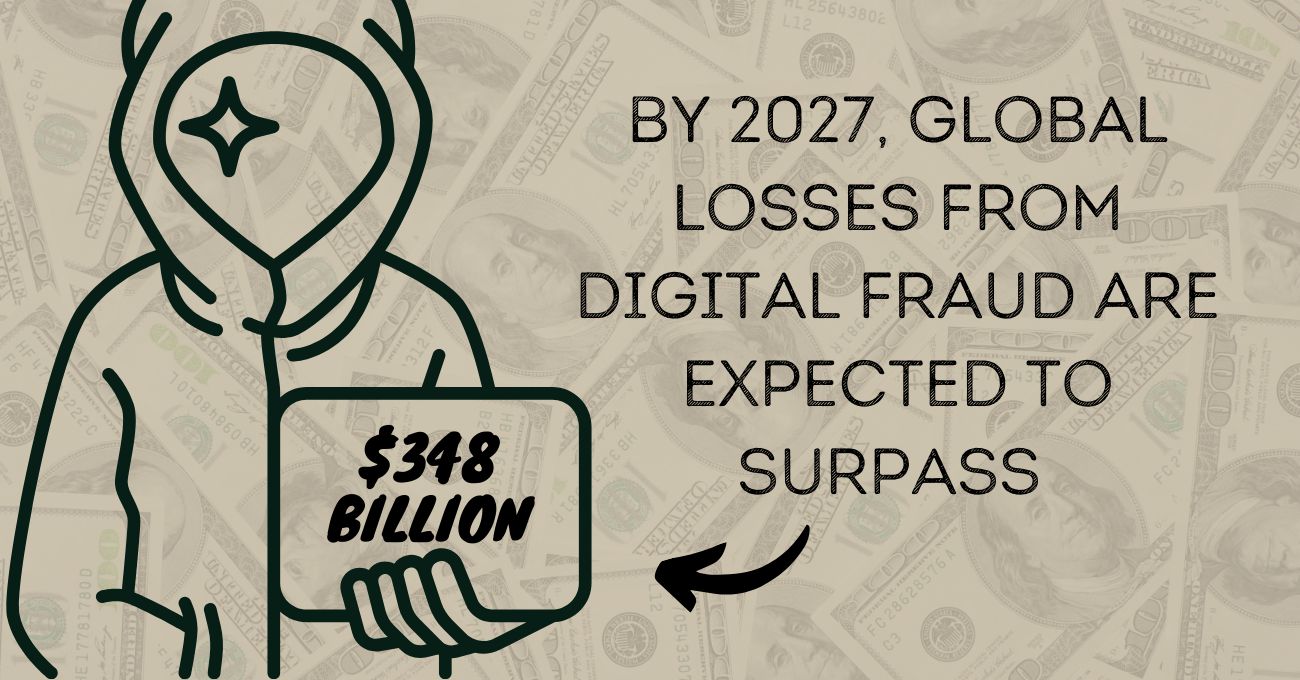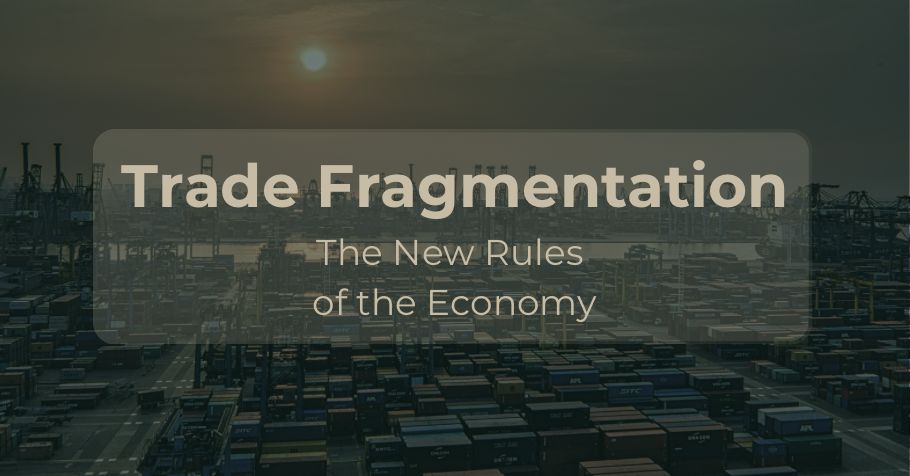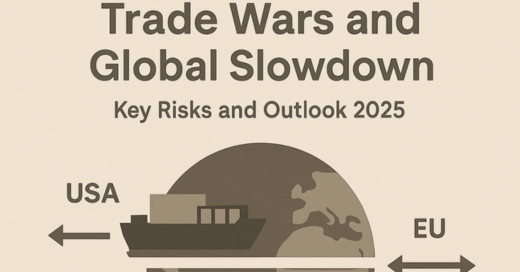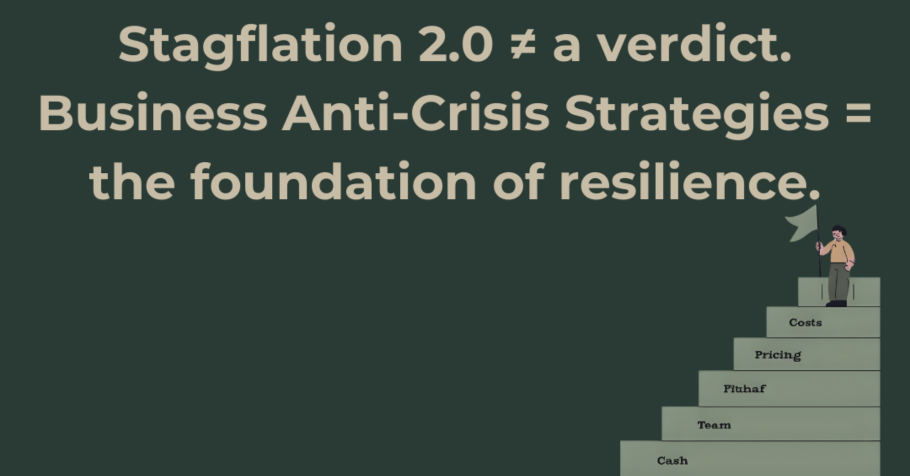Supply chains are an essential part of the global economy. However, as technology and digitalisation advance, the risks associated with cybercrime are growing. These threats present significant challenges for businesses. By 2025, cyber risks targeting supply chains, cybercrime, and ransomware will remain among the most common threats to companies worldwide, especially in Europe. These risks can cause substantial financial losses, disrupt operations, and lead to the loss of reputation and trust from clients and partners.
This article looks at the impact of cyber risk on supply chains, as well as forecasts for the future. The focus will be on trends, causes, and consequences of these threats, with reliable data supporting the analysis.
The Rise of Cyber Risk Attacks on Supply Chains
Cyber risk attacks targeting supply chains have become one of the most pressing threats to businesses. These attacks have grown in popularity among cybercriminals. According to data from the European Union Agency for Cybersecurity (ENISA), from January 2023 to June 2024, 488 public incidents affected the European financial sector. These incidents included attacks on suppliers and their services, highlighting the vulnerability of supply chains to cyber risks. As a result, companies are increasingly becoming targets for criminals who exploit supply chain weaknesses to access internal systems and sensitive data. (enisa.europa.eu).
Moreover, as digital technologies evolve, supply chains are becoming more complex and interconnected. This increases their vulnerability to cyber risk. For example, attacks on suppliers not only disrupt security but can also cause data leaks, leading to significant financial losses. In some cases, a single supplier’s disruption can paralyse the entire supply process, negatively impacting business operations.
Growing Losses Due to Digital Fraud and Cyber Risk
An analysis of digital fraud trends shows that cyber risks continue to escalate. This is having a major impact on businesses worldwide. By 2027, global losses from digital fraud are expected to surpass $348 billion, emphasising the growing threat of cybercrime and fraud within supply chains. This makes it even more important for businesses to implement effective strategies to reduce cyber risk and prevent fraud. (procurementtactics.com).
Digital fraud can take many forms, such as phishing, extortion, and the manipulation of suppliers and contractors. These frauds can lead to financial losses and a loss of trust among clients and partners. Since the number of online platforms and electronic transactions continues to grow, cyber risks related to digital fraud are becoming increasingly complex. Companies must adapt to these evolving threats to protect their assets.
Ransomware: A Growing Cyber Risk in 2025
Ransomware attacks remain one of the most common cyber risks for businesses. Forecasts suggest that by 2025, 45% of organisations will see ransomware as the primary cyber risk they face. This type of attack has grown in popularity due to its high success rate and profitability. Ransomware attacks are particularly dangerous because they can stop company operations and result in the loss of valuable data, which is critical for companies that handle sensitive customer information. (dhl.com).
Importantly, ransomware attacks can target both large and small companies, making them a universal threat. Small businesses, in particular, are often targeted due to weaker security measures. This allows criminals to easily breach systems and demand ransom for stolen data.
Causes of the Increasing Cyber Risk in Supply Chains
The rise in cyber risk attacks on supply chains can be explained by several factors:
- Complexity of Supply Chains: Supply chains are becoming more complex and global, creating additional points of vulnerability. For example, suppliers using cloud-based systems are prime targets for cybercriminals aiming to disrupt the entire supply chain.
- Growth of Digital Technologies: Businesses are increasingly relying on technology to manage their supply chains. As a result, they become more susceptible to cyber risks. Criminals can use various hacking techniques to access these systems.
- Lack of Protection Among Suppliers: Many small and medium-sized enterprises (SMEs) lack robust cybersecurity measures, making them easy targets. This is especially concerning for companies working with large corporations, as criminals can exploit these connections to infiltrate more secure systems.
Consequences of Cyber Risk Attacks on Supply Chains
The consequences of cyber risk attacks on supply chains can be catastrophic. The main outcomes include:
- Financial Losses: Cyber risk attacks can lead to major financial losses. The cost of system recovery, customer churn, and fines for data privacy breaches can be overwhelming for businesses.
- Loss of Trust: Disruptions in the supply chain, data breaches, or the loss of important documents can erode trust among clients and partners. This loss of trust can have long-term effects, damaging a company’s reputation.
- Supply Chain Disruptions: If a supplier is successfully attacked, the supply process may be halted, causing business delays and operational issues.
Forecast for the Future of Cyber Risk
Given the current trends, the following changes in the cyber risk landscape are expected:
- Enhanced Security Measures: Companies will need to implement stronger security protocols, including advanced protection systems and increased monitoring of suppliers. This will help reduce exposure to cyber risks.
- Increase in Cyber Risk Attacks: By 2025, the number of cyber risk attacks on supply chains will continue to rise. As a result, businesses will need to develop new strategies to defend against these attacks.
- Advancements in Cybersecurity Technologies: To counter growing threats, new cybersecurity technologies will be developed. For example, blockchain technology will help protect and track data, while artificial intelligence will be used to detect anomalies within supply chains.
Conclusion
By 2025, cyber risk will remain one of the most significant threats to supply chains. With the rise in cyber risk attacks, particularly ransomware, and the significant financial losses from digital fraud, businesses must strengthen their security measures. Companies must invest in emerging cybersecurity technologies and establish stricter oversight of their suppliers. This will help mitigate risks and ensure business stability in the face of growing global threats.
The data from various sources highlights the importance of improving security and raising awareness of the risks associated with cybercrime and fraud in supply chains
Our expert consultants specialize in supply chain risk consulting, helping you identify vulnerabilities and secure your operations. Contact us today on Contact Page to take proactive steps and safeguard your business.





